תר"צ - תש"י
תש"י
תשי"א
תשי"ב
תשי"ג
תשי"ד
תשט"ו
תשט"ז
תשי"ז
תשי"ח
תשי"ט
תש"כ
תשכ"א
תשכ"ב
תשכ"ג
תשכ"ד
תשכ"ה
תשכ"ו
תשכ"ז
תשכ"ח
תשכ"ט
תש"ל
תשל"א
תשל"ב
תשל"ג
תשל"ד
תשל"ה
תשל"ו
תשל"ז
תשל"ח
תשל"ט
תש"מ
תשמ"א
תשמ"ב
תשמ"ג
תשד"מ
תשמ"ה
תשמ"ו
תשמ"ז
תשמ"ח
תשמ"ט
תש"נ
תנש"א
תשנ"ב
בלתי מוגה
English
תוכן ענינים
שיחה א: ס"א - בשנה זו, שקביעותה כשנה שעברה - ישנם כל המעלות דקביעות מיוחדת זו, ובאופן ד"מעלין בקודש", עילוי שבאין ערוך
שיחה ב: ס"ו - הניגון "ויהי בישורון מלך . . עוד ישמע . . קול חתן וקול כלה", ושייכותו לראש השנה
שיחה ג: ס"ז - אחדותם וצירופם של בנ"י - בראש השנה, וכן בתורה ("אסתכל באורייתא") - צירופם של כמה דרושים לענין דר"ה
סי"א - סימן קביעות השנה - "הכז", וההוראה: עבודת השנה - כסדרה, ההכנה לזה - ר"ה ביום ה', המשכת ברכה, ותכליתה - פסח ביום ז' - "יום שכולו שבת כו'"
שיחה ד: סי"ח - דחיים צום גדלי'; צדקה, וכל עניני המבצעים
ENGLISH
1. The lesson to be learned from the fact that Rosh Hashanah is celebrated on the same day as in the previous year; the need to proceed to a higher level of service and ultimately to the redemption.
2. The connection between the melody, ‘And there was a King in Yeshurun,’ with Rosh Hashanah.
3. The unity of the Jewish people.
4. The lesson to be derived from the sign of the year — hakaz. The lesson derived from the chof which stands for kisidran, the progression of the months in order.
5. The lesson derived from the hay which stands for the fifth day of the week.
6. The lesson derived from the zayin which stands for the Shabbos.
7. The application of these lessons in regard to our service with others.
8. The charitable donations to be given; the ten mivtzaim.
